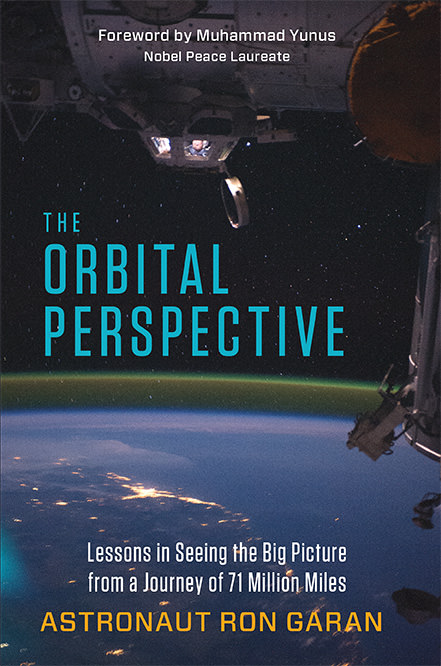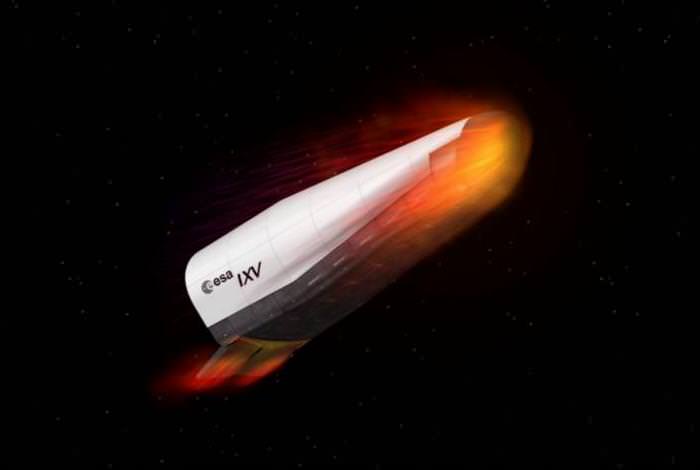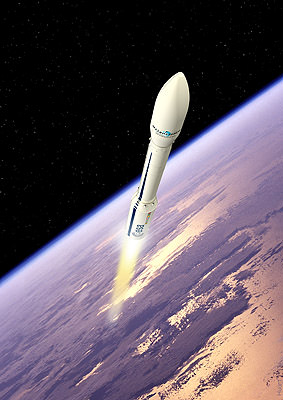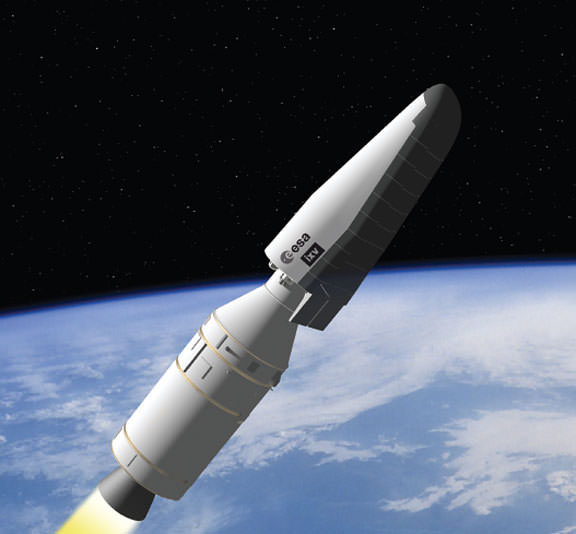Host: Fraser Cain (@fcain)
Guests:
Morgan Rehnberg (cosmicchatter.org / @MorganRehnberg )
Special Guest: Astronaut Ron Garan (orbitalpersepctive.com / @Astro_Ron)
Ron will talk about his new book The Orbital Perspective: Lessons in Seeing the Big Picture from a Journey of 71 Million Miles.
This Week’s Stories:
Obama’s NASA budget request
Black Holes Do Not Exist Where Space and Time Do Not Exist, Says New Theory
SES Rethinking Being First to Fly on a Full-Throttle Falcon 9
5 Lunar X-Prize Teams Land Payday; Only 2 Landed Hardware
Moroccan Meteorite May Be a 4.4-Billion-Year-Old Chunk of Martian Crust
After Canceling NRO Launch Competition, USAF Dangles More Plums for SpaceX
Where is Saturn? VLBA Used to Accurately Measure Position of Saturn and its 62 Moons
SpaceX Nears Pad Abort Test for Human-Rated Dragon Capsule
Closer Look at the IXV Intermediate eXperimental Vehicle
Skylon Spaceplane’s Inventor Sees Busy Spaceports Coming Soon
SpaceX Conducts Static Fire Test Ahead of DSCOVR Mission
Supernova Mystery Found at the Bottom of the Sea
NASA Does an About Face on SOFIA: Requests Full Funding
LightSail Test Flight Scheduled for May 2015
Mining the Moon Becomes a Serious Prospect
TWiM: NASA Presses Congress for More Commercial Crew Funding
A Second Ringed Centaur? Centaurs with Rings Could Be Common
Rosetta Swoops In for a Close Encounter
Super Sizing Pegasus for SLS Core Transport
TWiM: SpaceX Drone Boats Named After Sci-Fi Legend’s Spaceships
It’s Official: We’re On the Way to Europa
McCain Accuses USAF of “Actively Keeping Out” SpaceX
Europe Tired of Playing “Simon Says” with SpaceX
Business on the Moon: FAA Backs Bigelow Aerospace
Mystery of the Universe’s Gamma-Ray Glow May Be Solved
New Infrared View of the Trifid Nebula Reveals New Variable Stars Far Beyond
Gap Reveals Potential Exomoon
We record the Weekly Space Hangout every Friday at 12:00 pm Pacific / 3:00 pm Eastern. You can watch us live on Google+, Universe Today, or the Universe Today YouTube page.
You can join in the discussion between episodes over at our Weekly Space Hangout Crew group in G+, and suggest your ideas for stories we can discuss each week!




